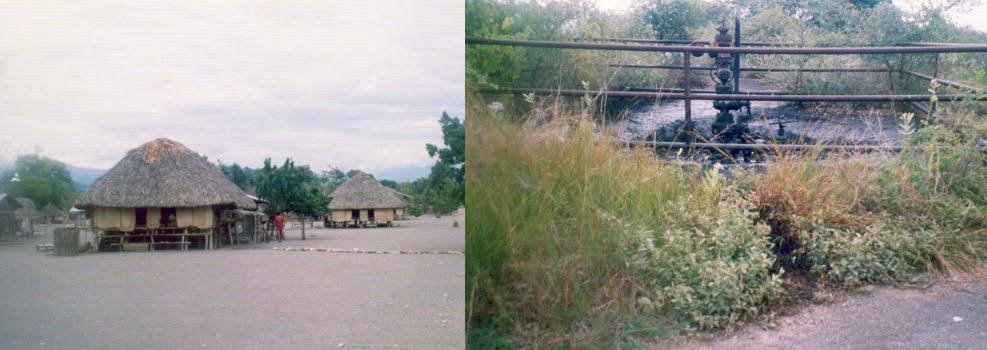Kamanasa, Suai Kovalima, East Timor
Suai is a district of East Timor situated on the southern coast of the capital, Dili. It has seven subdivisions: Zumalai, Maukatar, Fatumea, Fohoren, Fatululik, Tilomar, and Suai. Two primary ethnic groups live in Suai: the Tetun and the Bunak. The Tetun-speaking populations include the Fehan people who inhabit the coastal plain, and those Tetun people who reside in the highland regions include Fatumea, Fohoren, and Tilomar. Those who speak Bunak live in Asumaten, Fatululik, Maukatar, Zumalai, Haemanu, Holbelis, and Beco. Suai people make a living by working on the farm, such as growing rice, vegetables, corn, beans, etc. Additionally, they raise and keep farm animals like cows, buffaloes, pigs, chickens, ducks, and goats.
The people of Suai have many cultures and traditions. Both Bunak and Tetun people have their own unique beliefs and ways of life. For example, Tebe Dai and Bidu are the most famous traditional dances in Suai Kovalima.
The district of Suai produces oil. In the 1970s, an Australian company called Timor Oil drilled two oil wells in the village of Suai Loro. I believe they shipped thousands of barrels to Australia and probably sold them to other countries. I am sure the colony received royalty, but there was no progress in Suai in the 1970s. They built a few shops for the Chinese merchants, but the roads were unlike today.
Since Timor Leste got its independence on 20, 2002, the East Timor government has started a new oil and gas project called Business Supply, which is situated in Kamanasa village. To help this company, they have constructed a sizeable airport and a new highway road from Suai to Beasu in the Viquque district. This highway road will transport oil and gas from Beasu to Suai. It is an enormous project that requires many human skills to manage the centre. The business supply will create jobs for the locals, both skilled and labour workers. However, it will also affect the ecology and health of nearby residents.

